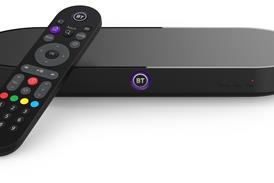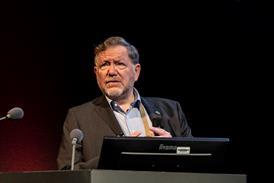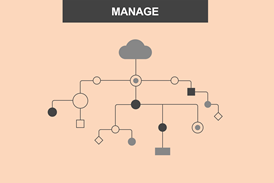The robustness of radio

With World Radio Day taking place on Wednesday 13 February, Paul Robinson assesses the health of radio and its role in society.
That’s not to deny that there has been some modest decline in listening by young people, and increased completion from music streaming services such as Spotify, on-demand and catch up radio and podcasts.
It is hard not to bump into someone listening to audio on headphones as you get on the bus or train to work, and data from the UK indicates that over the last two years total hours spent listening to audio has gone up by 9% with linear scheduled radio still accounting for 74% of the total.
The rapid availability of high speed internet and cheap digital storage has disrupted the free and pay television businesses forcing them to adapt. The ingenuity of Ted Sarandos, who saw the business risk that a postal dvd business presented, that Netflix then was, and his ability to transform it into a digital on-demand video service, has been rewarded with 150 million paying customers worldwide. Netflix now spends more on content than any other Hollywood studio or broadcaster in the world.
Netflix haven’t gone into radio but Apple, another US behemoth has, and Beats, its radio service has poached DJ talent and production staff from broadcasters across Europe and the US. So far internet radio is still a minority taste, attracting a small percentage of total audio listening, although in Europe growing rapidly.
A bigger challenge for radio has been on line video and streaming music services. The latter now accounts for up to 10% of audio listening in Europe and Asia and a higher percentage amongst 15-24s.
Radio stations targeting younger listeners have all struggled with….
Read the full article

Sign up to IBC365 for free
Sign up for FREE access to the latest industry trends, videos, thought leadership articles, executive interviews, behind the scenes exclusives and more!
Already have a login? SIGN IN




















